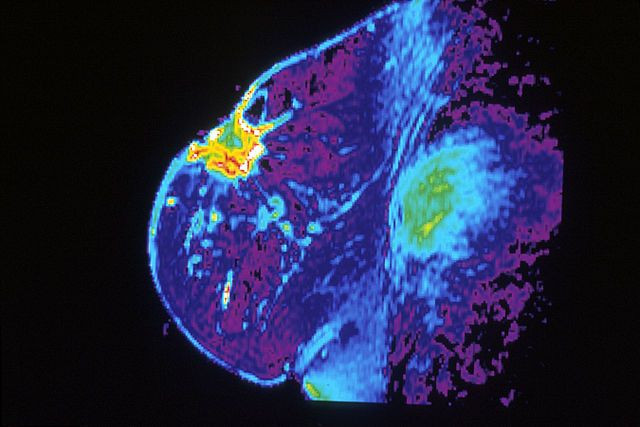Targeted Breast Cancer Treatment Injects Medicine Into Nipple; Could Save Women From Undergoing Toxic Chemo

Researchers from Harvard and the Children's Hospital Boston are in the process of developing a new technique for treating and preventing breast cancer. The procedure involves injecting therapeutics via the nipple so that the medicine directly enters the milk ducts, the most common origin of breast cancer. Unlike systemic chemotherapy, the experimental method would not compromise the healthy regions and tissues of the body.
"Local delivery of therapeutic agents into the breast, through intra-nipple injection, could diminish the side effects typically observed with systemic chemotherapy—where the toxic drugs pass through all of the tissues of the body," said Dr. Silva Krause, one of the researchers behind the experiment.
Localized Treatment
So far, Krause and her colleagues have applied the method only in experiments with mice. For their studies, the researchers have injected a nanoparticle-based therapeutic agent, which inhibits a specific gene driving the formation of cancerous tumors, into mice nipples. “This targeted treatment was shown to prevent cancer progression in mice that spontaneously develop mammary tumors,” Krause stated in a press release.
The researchers have discovered other advantages to their new method as well. “It also prevents drug breakdown by the liver, for example, which can rapidly reduce effective drug levels,” stated Krause.
The new method is in line with cancer treatments that have become more precise in their aim. For instance, brachytherapy involves placing radioactive material inside the body close to the cancer cells and is sometimes used to treat prostate and cervical cancer. As scientists learn more about cancer, especially on the molecular level, they can treat and prevent it while sparing the healthy tissues of the body, which is keenly important to cancer patients. While wanting to survive the disease, patients would naturally prefer to do so with the least amount of pain and damage to their bodies.
This issue of balancing survival and disability or disfigurement has been a prominent feature in the discussion of cancer treatments, in particular for breast cancer.
Brief Overview of Breast Cancer Treatment
Two surgeons, Jean Louis Petit and Benjamin Bell, were the first to surgically remove the lymph nodes, breast tissue, and chest muscle as a treatment for breast cancer, though it was William Stewart Halsted, beginning around 1882, who perfected the technique of mastectomy. An extremely invasive procedure, Halsted’s radical mastectomy removed not only both breasts but also associated lymph nodes and all underlying chest muscle. Though his patients often suffered some disability after treatment, his work raised the 20-year survival rate to 50 percent from a mere 10 percent.
Meanwhile, scientists increasingly began to explore adjuvant therapies — additional treatments given after the primary treatment (surgery). In the early 1900s, a German chemist named Paul Ehrlich became interested in mixing chemicals in order to create medicines for the treatment of disease and eventually coined the term “chemotherapy” to define this practice. Yet it was radiation therapy, which had been developed after the discovery of x-rays in 1895, that dominated the field of cancer treatment until 1960. Experience of chemical warfare during the two World Wars changed the rising trajectories of these treatments, though; observing the effects on the bodies of men exposed to mustard gas, particularly the depletion of bone marrow and lymph nodes, scientists increasingly understood the power of chemotherapy as an adjuvant therapy.
Beginning in the 1970s, surgeons began experimenting with the technique of lumpectomy, where only the tumor and surrounding tissue are removed. Not only did this less invasive procedure reduce recovery time, it also decreased the risk of post-operative infections and was less disabling and disfiguring for women patients. It had become increasingly common to combine therapies and by 1985, research suggested a lumpectomy followed by radiation treatment gave women a chance of survival equal to mastectomy. Today, many doctors who treat early-stage breast cancers not caused by mutations in the genes BRCA1 and BRCA2 combine all three techniques: surgery (in the form of a lumpectomy), radiotherapy, and chemotherapy.
Sources: Krause S, Brock A, Ingber D. Intraductal Injection for Localized Drug Delivery to the Mouse Mammary Gland. Journal of Visualized Experiments. 2013.
DeVita VT, Chu E. A History of Cancer Chemotherapy. Cancer Research. 2008.



























